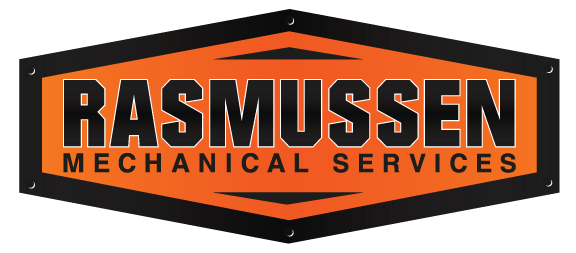The Importance of Knowledgeable Operators in HVAC Temperature Controls
No matter how advanced HVAC temperature controls are, their success hinges on the people who manage and maintain them. Even the most cutting-edge systems require regular monitoring, calibration, and preventive maintenance. Well-trained technicians and facility managers can extend the life of HVAC equipment, optimize energy usage, and troubleshoot issues before they become costly problems. Without skilled oversight, even the best technology won’t perform to its full potential.

In modern HVAC systems, temperature controls are crucial to maintain a comfortable and energy-efficient indoor climate. Whether it’s heating, cooling, or ventilation, managing temperature effectively ensures that energy isn’t wasted while keeping building occupants comfortable. HVAC temperature controls include a range of devices and systems. They regulate air distribution, maintain proper airflow, andoptimize system performance to ensure peak efficiency.
Honeywell Spider: A Leading Unitary Controller
When it comes to unitary controllers, the Honeywell Spyder is a powerful tool for HVAC temperature controls. Known for its flexibility and scalability, the Spyder series helps manage a variety of HVAC equipment, from small systems to complex installations. Its programmability allows for precise temperature control, which enhances both energy efficiency and comfort in a building. The Spyder integrates seamlessly with sensors and actuators, making it a go-to solution for technicians. The Spyder also features a user-friendly interface that allows building owners to monitor and control HVAC components more efficiently.

Probe Style Sensors: Precision Temperature Monitoring
Probe style sensors function as key components in achieving accurate HVAC temperature control. These sensors measure air or fluid temperatures and relay real-time data back to the system, allowing for precise adjustments. Whether they’re installed in ducts or water sources, probe sensors help HVAC systems maintain the desired temperature set points. This ensures efficient operation and energy conservation.
Differential Pressure Sensors: Regulating Airflow
Proper airflow is essential to the performance of any HVAC system, and differential pressure sensors play a critical role in maintaining it. These sensors measure pressure differences across components like air filters or ductwork, ensuring that airflow is balanced and efficient. By detecting deviations in pressure, they prevent energy waste and maintain optimal distribution of conditioned air throughout the building.
Current Sensing Relays: Tracking System Performance
Current sensing relays are vital for monitoring the performance of HVAC components like compressors, pumps, and fans. These devices measure electrical current running through the system and can alert operators when equipment is operating outside normal parameters. By tracking electrical usage, current sensing relays enable proactive maintenance, preventing breakdowns and maximizing the efficiency of the entire HVAC system.
For more information on how current sensing relays can optimize your HVAC system, contact our team of experts today.
Actuators: The Muscle Behind HVAC Controls

In HVAC temperature control systems, actuators are the components that make things happen. They convert electronic signals into mechanical movement, adjusting dampers, valves, and other controls to regulate airflow and temperature. For example, if a room becomes too warm, a temperature sensor signals an actuator to open a damper. That allows for more cool air to enter the space. Actuators are essential for maintaining comfort and ensuring energy efficiency in HVAC systems.
Optimizing Performance with Set Points
Optimizing set points is a critical aspect of HVAC system operation. Set points are the target temperatures that the HVAC system works to achieve, and adjusting them can significantly impact energy consumption and comfort. By widening the set point range to include a larger range of temperatures, also known as the Comfort Band, energy usage can be reduced significantly. For instance, adjusting the set point temperature by just a few degrees can make a huge difference in energy savings. Additionally, using devices that allow occupants submit their comfort feedback, can optimize the set point temperature for their room. This can lead to increased comfort and reduced energy consumption. It’s also important to note that set points can be adjusted remotely, allowing for easy control and monitoring of the HVAC system.
Best Practices for Operator Training and Development
Operators should receive comprehensive training on the system’s components, including temperature control, ventilation systems, and heating and cooling equipment. They should also be familiar with the system’s controls, including thermostats, dampers, and outputs. Regular training and development programs can help operators stay up-to-date with the latest technologies and best practices, ensuring they can troubleshoot issues and optimize system performance. For example, training on controls can help operators understand how to integrate various systems and platforms, including Lochinvar, Mitsubishi, and Carrier. By investing in operator training and development, businesses can reduce energy consumption, improve comfort, and save thousands of dollars in maintenance and repair costs. This commitment to training and development can also lead to increased customer satisfaction and loyalty, ultimately benefiting the business’s bottom line.
Conclusion: Understanding HVAC System Complexity
Effective HVAC temperature controls rely on a combination of advanced technology and skilled human oversight. The different components we talked about play a vital role in maintaining an efficient and comfortable indoor environment. However, without knowledgeable technicians and facility managers to monitor and maintain these systems, even the best technology can’t perform to its full potential. In HVAC, it’s the partnership between technology and expertise that leads to success. Watch this video to learn about some of the most essential temperature controls and how they work!
In addition to heating and ventilation, air conditioning plays a crucial role in maintaining comfortable indoor temperatures. Actuators work in conjunction with other components like the furnace to ensure optimal temperature regulation.


